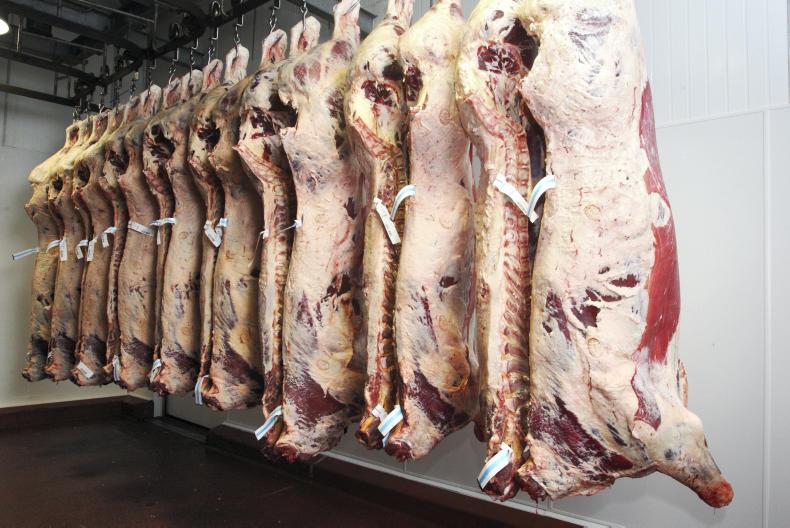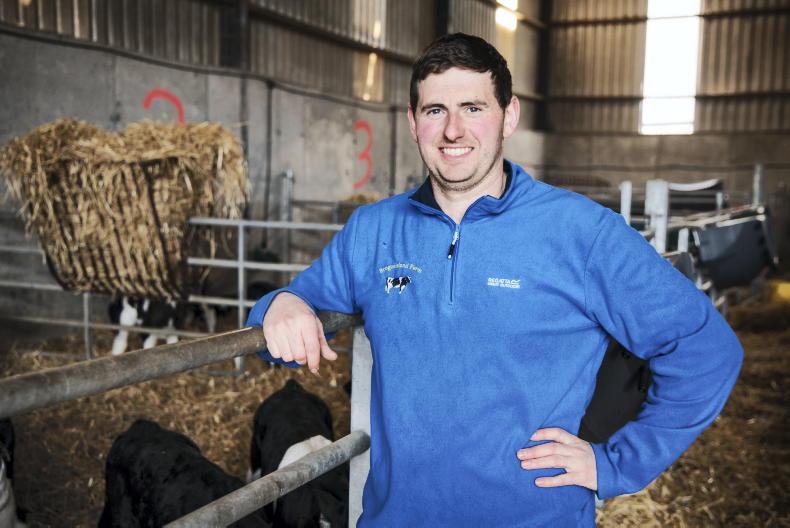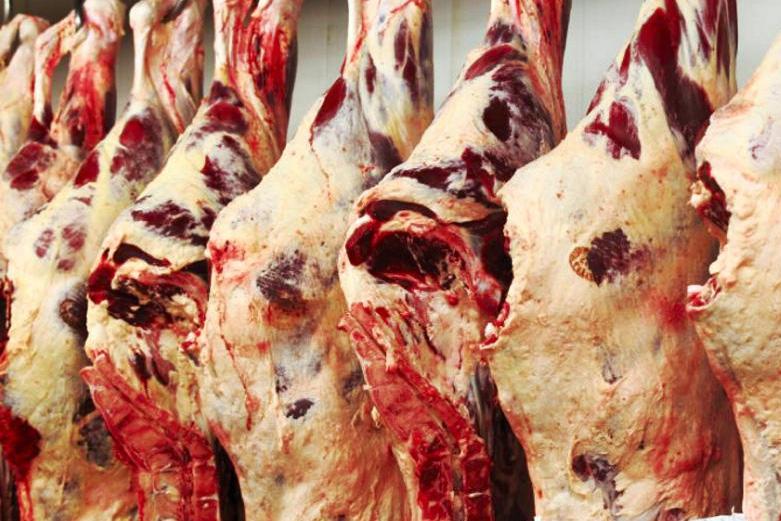One in four slaughterhouses are failing to take basic hygiene precautions to stop contaminated meat entering the food chain.
This the conclusion of an investigation carried out by The Observer and the Bureau of Investigative Journalism, which analysed government audits of more than 300 abattoirs in England, Wales and Northern Ireland. The analysis identified major hygiene failings in more than a quarter of the meat plants.
The failings could expose consumers to serious food poisoning illnesses such as E coli, salmonella or campylobacter.
The investigation also revealed that official records from the Food Standards Agency, a UK government body showing current research in food safety, nutrition and food-related disease, were falsified to conceal true levels of meat contamination at an English abattoir. A whistleblower said data relating to contamination of carcases was misrecorded to mask poor hygiene practices at the plant, potentially allowing dirty meat to enter the food chain.
Key test
One key test that slaughterhouses have to pass is that “all handling and processes from slaughtering to despatch are done in a way that avoids the contamination of meat and offal entering the food chain”.
Out of the 323 abattoirs audited, 86 did not meet that standard. The hygiene breaches include instances of carcases coming into contact with the factory floor, cutting equipment not sterilised or washed adequately, and meat splashed with dirty water potentially containing faecal matter.
Responding to the investigation, the FSA said no visibly contaminated meat reached the public and hygiene failures were “not tolerated”, with enforcement action taken against failing plants. “All carcases are inspected and directed for rectification if contaminated before health marking, so nothing contaminated goes on to the market and poses a risk to the consumer,” it said.
Just cutting off the infected part isn’t microbiologically sound. It’s not good enough
Rectification means cutting off any parts of the carcase visibly covered with faeces. However, Professor Hugh Pennington, one of the UK’s leading microbiologists, said rectification does not stop contaminated meat getting through. “Just cutting off the infected part isn’t microbiologically sound,” he said. “It’s not good enough. What you might not see is the invisible bacteria further up the meat.”
The findings come as the FSA considers relaxing auditing regimes of some abattoirs to cut the overall number of inspections in order to reduce the burden on meat processors – and save money. Under proposals being considered, slaughterhouses found to be consistently compliant with regulations would be subject to a full audit every 36 months. At present the most compliant premises face re-auditing after 18 months. Unions representing meat inspectors say the proposals will do little to improve public food safety.
Read more
Severe welfare breaches recorded in British slaughterhouses
One in four slaughterhouses are failing to take basic hygiene precautions to stop contaminated meat entering the food chain.
This the conclusion of an investigation carried out by The Observer and the Bureau of Investigative Journalism, which analysed government audits of more than 300 abattoirs in England, Wales and Northern Ireland. The analysis identified major hygiene failings in more than a quarter of the meat plants.
The failings could expose consumers to serious food poisoning illnesses such as E coli, salmonella or campylobacter.
The investigation also revealed that official records from the Food Standards Agency, a UK government body showing current research in food safety, nutrition and food-related disease, were falsified to conceal true levels of meat contamination at an English abattoir. A whistleblower said data relating to contamination of carcases was misrecorded to mask poor hygiene practices at the plant, potentially allowing dirty meat to enter the food chain.
Key test
One key test that slaughterhouses have to pass is that “all handling and processes from slaughtering to despatch are done in a way that avoids the contamination of meat and offal entering the food chain”.
Out of the 323 abattoirs audited, 86 did not meet that standard. The hygiene breaches include instances of carcases coming into contact with the factory floor, cutting equipment not sterilised or washed adequately, and meat splashed with dirty water potentially containing faecal matter.
Responding to the investigation, the FSA said no visibly contaminated meat reached the public and hygiene failures were “not tolerated”, with enforcement action taken against failing plants. “All carcases are inspected and directed for rectification if contaminated before health marking, so nothing contaminated goes on to the market and poses a risk to the consumer,” it said.
Just cutting off the infected part isn’t microbiologically sound. It’s not good enough
Rectification means cutting off any parts of the carcase visibly covered with faeces. However, Professor Hugh Pennington, one of the UK’s leading microbiologists, said rectification does not stop contaminated meat getting through. “Just cutting off the infected part isn’t microbiologically sound,” he said. “It’s not good enough. What you might not see is the invisible bacteria further up the meat.”
The findings come as the FSA considers relaxing auditing regimes of some abattoirs to cut the overall number of inspections in order to reduce the burden on meat processors – and save money. Under proposals being considered, slaughterhouses found to be consistently compliant with regulations would be subject to a full audit every 36 months. At present the most compliant premises face re-auditing after 18 months. Unions representing meat inspectors say the proposals will do little to improve public food safety.
Read more
Severe welfare breaches recorded in British slaughterhouses










SHARING OPTIONS